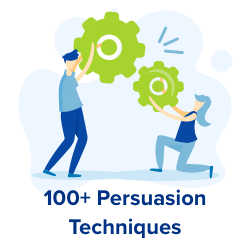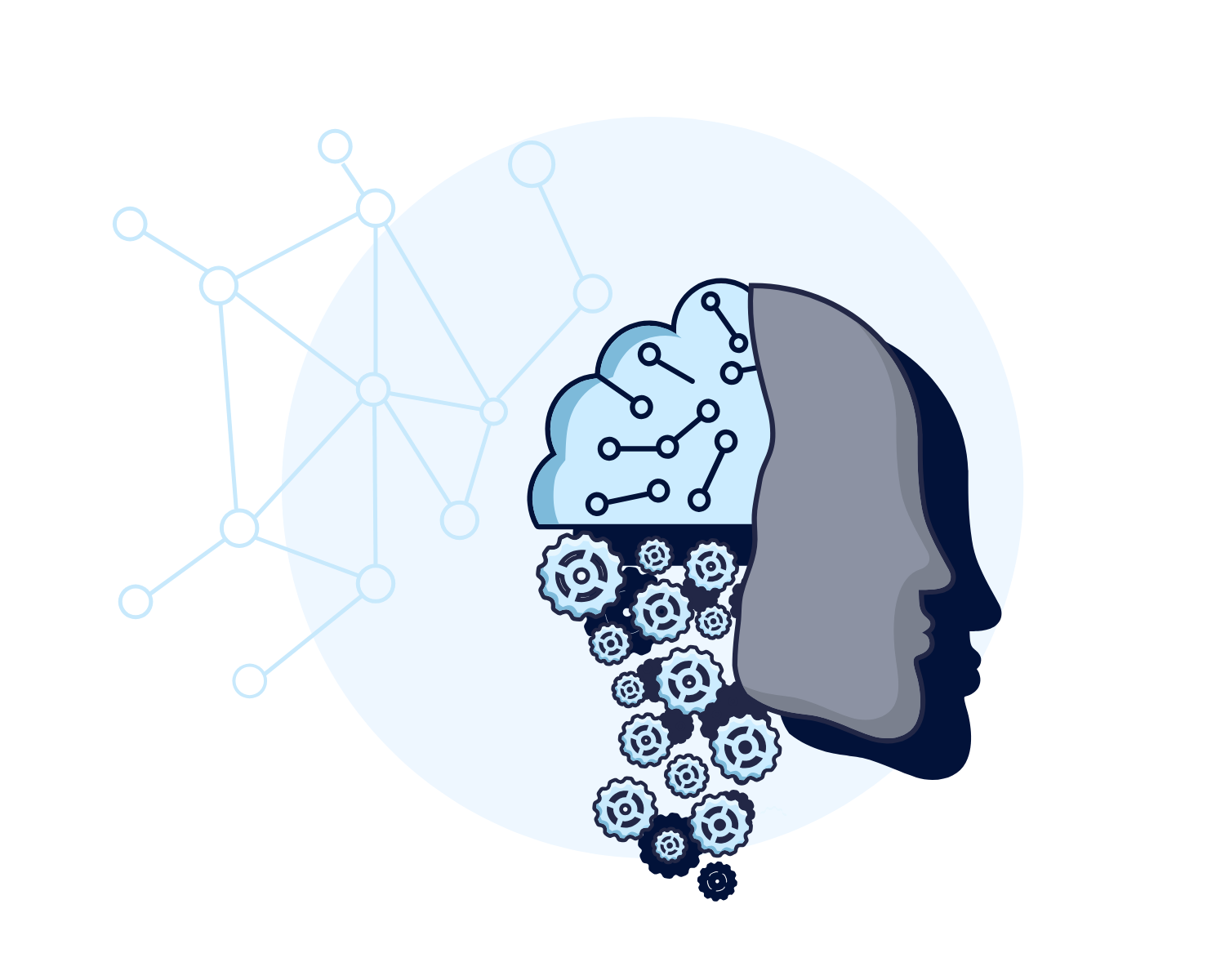Which Neuromarketing Principle Predicts Success For Amazon’s Go Store?
Yesterday, Amazon opened its first ‘Amazon Go Store’, a move which is said to change the retail world as we know it. You simply pick up the product or products you would like to purchase and walk out the store, hence the term “just walk out technology”. As you leave the store, your Amazon account is automatically billed and a digital receipt is sent. That’s right:, no queues, no checkout and no unexpected item in packing area.
So how does this work? As you enter the store, you are required to scan a barcode on your phone, which is provided by the Amazon app. Then by some Amazon ‘magic’, the store is able to track which items you have picked up and which you have decided to put back down. Amazon have achieved this magic by combining hundreds of image sensing cameras with artificial intelligence and machine learning. But why does psychology predict that Amazon’s adventure will be so successful? Well, simply because their new technology eliminates the psychological principle of the ‘Pain of Paying’.
The Pain of Paying principle, first explored by Prelec & Loewenstein (1998), explains the psychological link between payment and pleasure;simply making a payment reduces the pleasure from making a purchase. This ‘pain’ is so strong, spending money actually activates the areas in our brain that are associated with physical pain and feelings of disgust (Knutson et al, 2007). Thus, the more strongly we feel this ‘Pain of Paying’ when making a purchase, the less we will enjoy it and it can be detrimental for our decision to make the purchase. The form of payment used by the shopper appears to affect the amount of ‘hurt’ experienced.

George Loewenstein: “You swipe the card and it doesn’t feel like you’re giving anything up to make the purchase, unlike paying cash where you have to hand over bills”.
This difference in ‘pain’ caused by payment method has been supported by psychological research. For example, Morewedge et al (2007) collected the receipts from individuals after they completed their food shop and found that on average individuals spent less when paying with cash ($6.65) than when paying by card ($11.08). The pain associated with using cash caused individuals to spend less!
By allowing shoppers to walk out of the store, without even thinking of paying for their purchases, Amazon have completely eradicated the ‘Pain of Paying’ psychological bias. Thus, not only will their customers feel more positive about their purchase, they are likely to spend even more, which equals a recipe for success!
Do you want to take the pain out of your customer’s purchases? Do you want to implement this and other cognitive biases within your business?
Sign up to Convertize’s 14-day free trial today and learn how to benefit from such cognitive biases!



